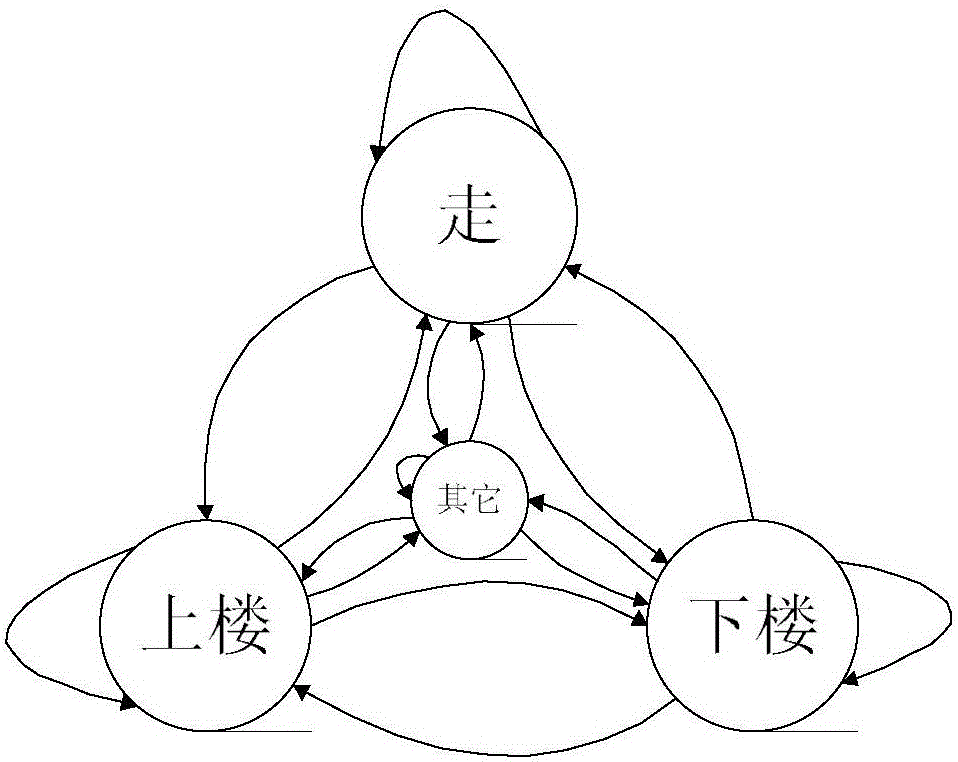Method for identifying behavior based on feature enhancement and decision fusion
A feature enhancement and recognition method technology, applied in character and pattern recognition, instruments, computer parts, etc., can solve the problems of difficulty in correct recognition, difficulty in distinguishing acceleration data from various action data, and indistinguishable data.
- Summary
- Abstract
- Description
- Claims
- Application Information
AI Technical Summary
Problems solved by technology
Method used
Image
Examples
Embodiment Construction
[0025] The present invention will be further described below in conjunction with drawings and embodiments.
[0026] figure 1 It is the general process of the behavior recognition method based on feature enhancement and decision fusion.
[0027] This embodiment is implemented on the Android mobile phone platform, and the sensor data collected independently is used for training and testing. A total of five movement data of 10 people were collected: walking, running, going upstairs, going downstairs, and standing. The collection time for each movement was 10 minutes, so there were 500 minutes of data in total, and the sampling frequency was 100Hz.
[0028] The collected three-axis acceleration data needs to be processed in two aspects before preprocessing: on the one hand, because the data collected by the three-axis acceleration sensor includes gravity, in order to reduce the influence of gravity on the acceleration data, it is necessary to subtract the sensor data Gravity com...
PUM
 Login to View More
Login to View More Abstract
Description
Claims
Application Information
 Login to View More
Login to View More - R&D
- Intellectual Property
- Life Sciences
- Materials
- Tech Scout
- Unparalleled Data Quality
- Higher Quality Content
- 60% Fewer Hallucinations
Browse by: Latest US Patents, China's latest patents, Technical Efficacy Thesaurus, Application Domain, Technology Topic, Popular Technical Reports.
© 2025 PatSnap. All rights reserved.Legal|Privacy policy|Modern Slavery Act Transparency Statement|Sitemap|About US| Contact US: help@patsnap.com



